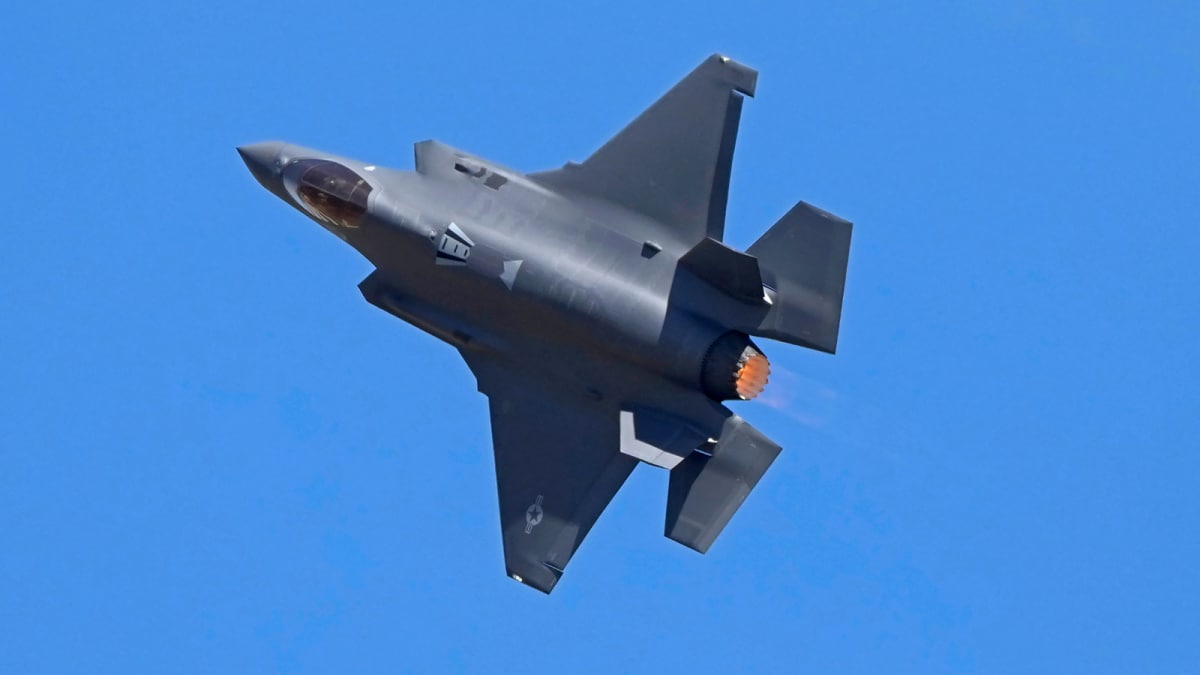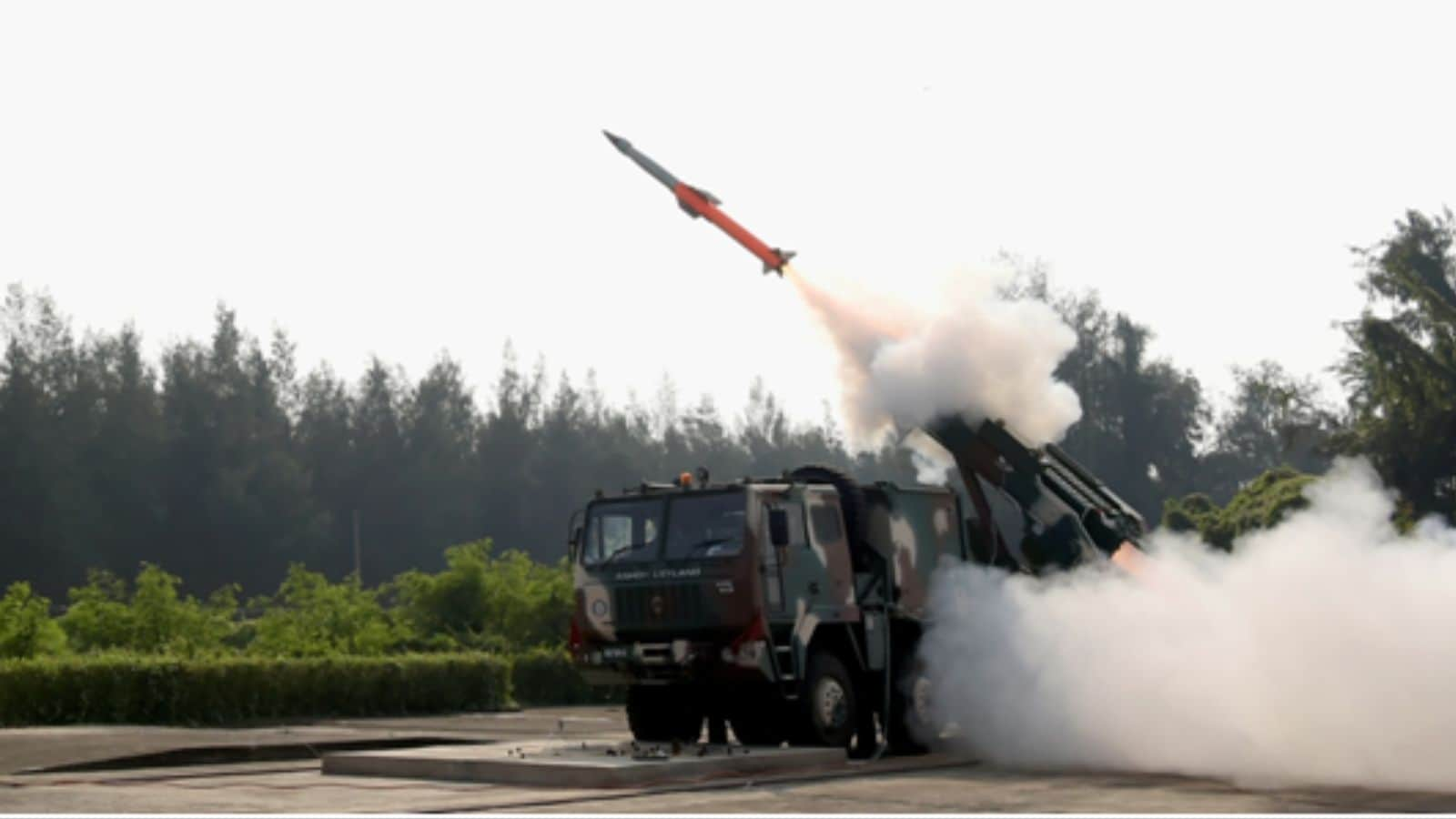GUWAHATI
A leading Assam-based primatologist has sought a dedicated gibbon conservation action plan modelled on Project Tiger or Project Elephant to ensure the long-term survival of the western hoolock gibbon (Hoolock hoolock), India’s only ape species.
Addressing the 30th Congress of the International Primatological Society (IPS) at Antananarivo in Madagascar from July 20-25, India representative Dilip Chetry underscored the urgency of a national-level Project Gibbon given the grave threats the ape faces from habitat loss.
One of 20 gibbon species found in Asia and currently listed as endangered on the Red List of the International Union for Conservation of Nature (IUCN), the hoolock gibbon is distributed across eastern Bangladesh, parts of Myanmar, and India’s northeastern region.

The primate’s populations in India are restricted to the southern bank of the Brahmaputra River and east of the Dibang River across seven northeastern States – Assam, Arunachal Pradesh, Meghalaya, Manipur, Mizoram, Nagaland, and Tripura.
“The hoolock gibbon faces habitat loss due to encroachment, unregulated resource extraction, infrastructure development, tea plantations, shifting cultivation, fragmentation, hunting, and the illegal wildlife trade. Cases of local extinction have already been observed in fragmented forest patches of the northeast, reflecting a steady population decline,” said Dr Chetry, who serves as the vice chair of the Primate Specialist Group–South Asia under the IUCN’s Species Survival Commission (SSC).
He advocated for urgent conservation actions, including the restoration of degraded habitats, creation of ecological corridors, scientific research, capacity building for forest staff, and community engagement. He also stressed the need to promote the western hoolock gibbon as a flagship species to generate broader public and policy support for biodiversity conservation in the region.

The IPS convention brought together 657 delegates from 53 countries to evaluate the world’s 25 most endangered primates for 2025-27. Its special session was chaired by Russell A. Mittermeier, a conservationist and chair of the IUCN SSC Primate Specialist Group.
Dr. Chetry, also the director and head of the Primate Research and Conservation Division of Aaranyak, a biodiversity conservation organisation, said the western hoolock gibbon is among the six of the world’s 25 most endangered primates from Asia.
The other five are the Banka slow loris (Nycticebus bancanus), Sangihe tarsier (Tarsius sangirensis), pig-tailed langur (Simias concolor), Myanmar snub-nosed monkey (Rhinopithecus strykeri), and the Tapanuli orangutan (Pongo tapanuliensis).



.png)
.png)
.png)
















 2 hours ago
5
2 hours ago
5








 English (US) ·
English (US) ·